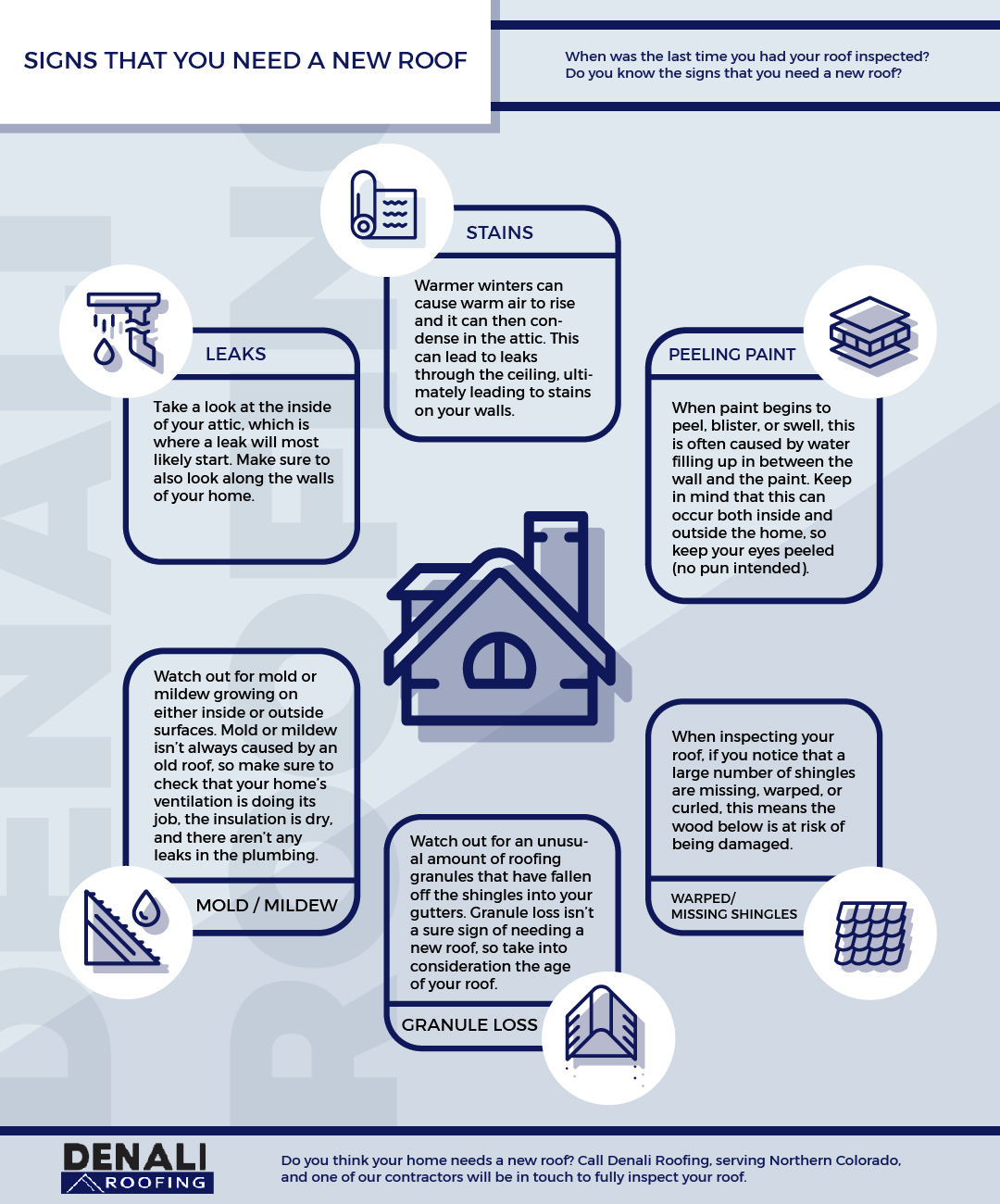The Function Of Roof Covering Air Flow In Making Sure A Successful Setup
The Function Of Roof Covering Air Flow In Making Sure A Successful Setup
Blog Article
Composed By-Hermansen Iversen
When you're tackling a roofing task, you could not think much concerning roofing system air flow, yet it's even more crucial than you understand. Effective air flow helps regulate temperature and dampness in your attic, avoiding troubles like mold and mildew and architectural damages. By recognizing just how to design and mount a balanced air flow system, you can improve power performance and extend the life-span of your roof covering materials. So, what are the essential variables to take into consideration during installation that can make all the distinction?
Relevance of Roof Covering Ventilation
Roofing system ventilation plays a critical role in maintaining the general health and wellness of your home. By permitting fresh air to distribute via your attic room, it assists manage temperature level and moisture degrees. This equilibrium is vital to prevent heat buildup during hot months, which can cause boosted power costs as your air conditioning burns the midnight oil.
Moreover, correct air flow considerably reduces the risk of moisture-related issues like mold and mold. If moisture degrees rise, your home's architectural honesty can be jeopardized, resulting in pricey repairs. You would not wish to deal with deteriorating timber or distorted roofing products, right?
Furthermore, adequate ventilation extends the lifespan of your roofing system. When warm and moisture are kept in check, your roofing can carry out optimally, protecting against premature deterioration. This implies fewer headaches and expenses down the line.
How Roof Ventilation Works
Efficient roof covering air flow counts on the all-natural activity of air to produce a balance in between consumption and exhaust. When you mount vents, you're essentially enabling fresh air to enter your attic room while allowing warm, stale air to get away. This process assists control temperature and wetness levels, preventing issues like mold development and roof covering damages.
Consumption vents, normally found at the eaves, pull in amazing air from outside. At the same time, exhaust vents, located near the ridge of the roof, let hot air increase and exit. The difference in temperature level develops an all-natural air movement, referred to as the pile impact. As warm air surges, it develops a vacuum cleaner that draws in cooler air from the reduced vents.
To optimize this system, you need to guarantee that the intake and exhaust vents are correctly sized and positioned. If the consumption is limited, you will not achieve the wanted ventilation.
Furthermore, https://www.bdcnetwork.com/blog/long-life-fasteners-key-component-properly-installed-metal-roof can catch heat and wetness, resulting in potential damages.
Key Installation Factors To Consider
When installing roof covering air flow, a number of key factors to consider can make or break your system's efficiency. Initially, you require to evaluate your roofing's design. The pitch, form, and materials all affect airflow and air flow option. Make best roofing companies in san antonio to choose vents that fit your roofing type and neighborhood environment problems.
Next, think about the positioning of your vents. Ideally, you'll want a well balanced system with consumption and exhaust vents placed for optimal air flow. Location consumption vents short on the roof and exhaust vents near the height to urge an all-natural flow of air. This setup helps protect against dampness accumulation and advertises energy performance.
Don't forget about insulation. Appropriate insulation in your attic prevents warmth from getting away and keeps your home comfy. Guarantee that insulation doesn't obstruct your vents, as this can prevent air movement.
Finally, consider upkeep. Pick ventilation systems that are easy to accessibility for cleansing and evaluation. Normal upkeep ensures your system continues to work efficiently in time.
Verdict
In conclusion, roofing air flow is vital for a successful installment. By ensuring correct air flow, you can prevent warmth build-up and moisture concerns that bring about pricey damage. When you purposefully placement intake and exhaust vents, you boost energy efficiency and extend the life expectancy of your roofing. Keep in mind, a well-ventilated roof not just secures your investment but likewise boosts your indoor air top quality. So, focus on ventilation to make sure a resilient and affordable roofing system for your home.
